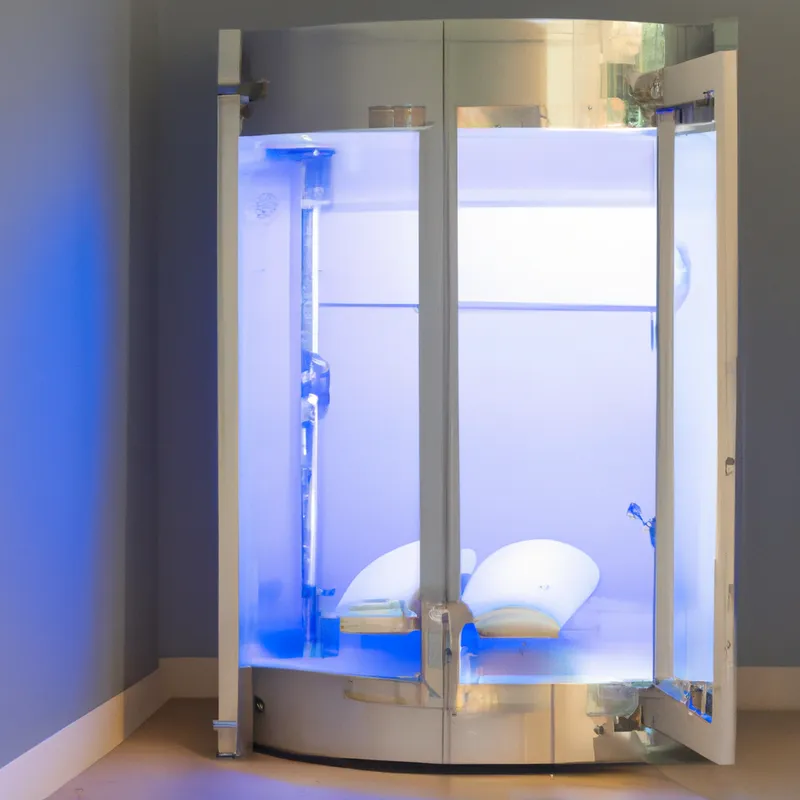Conquer Muscle Fatigue with Cryotherapy Best Practices
Best Practices for Cryotherapy in Recovery After Intense Workouts
Intense workouts can cause muscle soreness and fatigue. Many athletes seek effective recovery methods. Cryotherapy has become popular for reducing muscle soreness and speeding up recovery. This blog post discusses best practices for using cryotherapy after workouts.
Understanding Cryotherapy
Cryotherapy exposes the body to extremely cold temperatures for a short time. This exposure triggers physiological responses that promote healing. Vasoconstriction reduces blood flow to inflamed areas. Once the body warms back up, vasodilation occurs. This cycle improves circulation and flushes out metabolic waste, reducing inflammation and pain.
Many athletes use cryotherapy to enhance performance and shorten recovery time. Understanding how to integrate cryotherapy into your routine can significantly impact training outcomes.
Best Practices for Cryotherapy
1. Choose the Right Method
Consider various cryotherapy methods, each with unique benefits:
– **Whole-Body Cryotherapy (WBC):** Stand in a chamber cooled to -110°F to -140°F for a few minutes. This method affects the entire body and promotes overall recovery.
– **Localized Cryotherapy:** Use cold packs or cryotherapy devices on specific body areas. This method effectively treats localized pain, such as joint injuries or sore muscles.
– **Ice Baths:** Submerge yourself in cold water for 10 to 15 minutes. Ice baths can effectively reduce muscle soreness and inflammation.
Choose the method that fits your needs and accessibility. Many gyms and recovery centers offer cryotherapy services.
2. Timing is Key
Timing significantly affects cryotherapy effectiveness. Ideally, undergo cryotherapy within 24 hours after a workout. Waiting 48 hours can also help, allowing your body to start natural healing processes. Using cryotherapy during this window reduces delayed onset muscle soreness (DOMS) and accelerates healing of muscle micro-tears.
3. Limit Exposure Duration
Limit exposure duration to avoid adverse effects. Whole-body cryotherapy sessions typically last 2 to 3 minutes. Localized treatments should last 10 to 15 minutes per area. This duration provides benefits without risking skin damage or hypothermia. Always listen to your body and consult a healthcare professional.
Conclusion
Cryotherapy can enhance recovery after intense workouts. Follow these best practices to maximize its benefits for optimal performance.
Below are related products based on this post:
FAQ
What is cryotherapy and how does it work for recovery?
Cryotherapy is a recovery method that exposes the body to extremely cold temperatures for a short period. This exposure triggers physiological responses that promote healing, such as vasoconstriction, which reduces blood flow to inflamed areas. Once the body warms up, vasodilation occurs, improving circulation and flushing out metabolic waste, ultimately reducing inflammation and pain.
What are the different methods of cryotherapy available?
There are several methods of cryotherapy, including Whole-Body Cryotherapy (WBC), localized cryotherapy, and ice baths. WBC involves standing in a chamber cooled to -110°F to -140°F for a few minutes, affecting the entire body. Localized cryotherapy uses cold packs or devices on specific areas, while ice baths involve submerging in cold water for 10 to 15 minutes, effectively reducing muscle soreness and inflammation.
When is the best time to use cryotherapy after a workout?
The best time to undergo cryotherapy is ideally within 24 hours after a workout. However, waiting up to 48 hours can also be beneficial, as it allows the body to begin its natural healing processes. Using cryotherapy during this time frame can help reduce delayed onset muscle soreness (DOMS) and accelerate the healing of















Post Comment